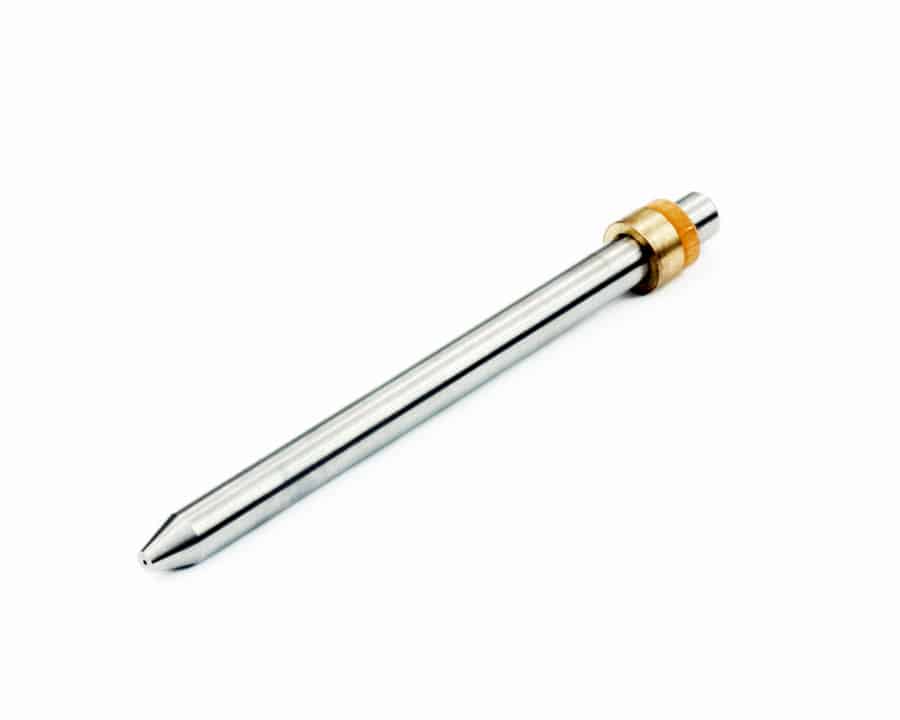The rapid growth of harder and difficult-to-machine materials over the past two decades necessitates the development of compatible abrasive water jet (AWJ) machining techniques.A number of research works have been performed to find new applications of the jet cutting, to determine the jet properties, and to improve the jet performance. In the new applications, the AWJ cutting is more efficient, accurate and less material consuming than
some other traditional cutting methods. In the beginning of the 1980’s, it was found that by mixing the abrasive particles in the jet the cutting capability will be increased so that almost any type of materials can be cut. The jet developed through the entraining of solid particles is the abrasive water jet (AWJ). During this process, the abrasives are flowed into the downstream of a pure water jet which guides the particles into a focusing tube where mixing takes place and forms the water jet stream. In the focusing tube the particles are accelerated and this means that the kinetic energy of the particles increases and this creates the high cutting capability of the developed two phase mixture. An AWJ consists of liquid water, bubbles and abrasive particles. When impinging at a target material, each of them is capable of causing damage on the target surface. During the study of AWJ machining, it is found that the effect of water and bubbles is too small to be of concern if compared with the effect of abrasive particles on the material removal. Thus, the erosion by solid particles which is defined as the mechanism of material removal in the course of particles impinging on a target surface is defined as the main mechanism of the AWJ machining processes. So, the extent of mixing between abrasive and water has an important effect on the AWJ performance. The abrasive water jet (AWJ) has a potential of becoming one of the principal machining technologies. Unfortunately, at the present this process has found very limited application. The AWJ is used only if other machining technologies, such as conventional or thermal beam machining, fail. One of the main reasons impeding the commercial application of AWJ is low process efficiency. The productivity of AWJ machining is far below than that
of milling or laser cutting. At the same time, the expansion of AWJ machining will have substantial and diverse effect on manufacturing. It will enhance the complementation of new materials, expand the use of existing hard-to-machine materials, make practical formation of complex sculptured surface, reduce the amount and severity of subsurface defects and increase flexibility of machining facilities. Material removal by AWJ is carried out by the particles impinging on the target, thus the process efficiency is determined by the particles momentum. Low AW.l . efficiency is due to the high rate of energy dissipation in the course of the jet formation and water-particles momentum exchange. Analysis of the water jet pressure-velocity correlation shows that the principal cause of the energy dissipation in the course of particle acceleration is the process of mixing. The first step in the formation of a slurry jet is injection of the abrasive particles into the focusing tube. This step determines to some extent interaction between water and particle flow and subsequent entrainment of the particles by the water jet. At the same time, at this stage of the stream formation, the particle flow can be readily guided. Thus improvement of the geometry of
the region adjacent to the water-particle mixing constitutes an effective means for the improvement of the overall nozzle efficiency. Such an improvement is the objective of the first part of this research.

